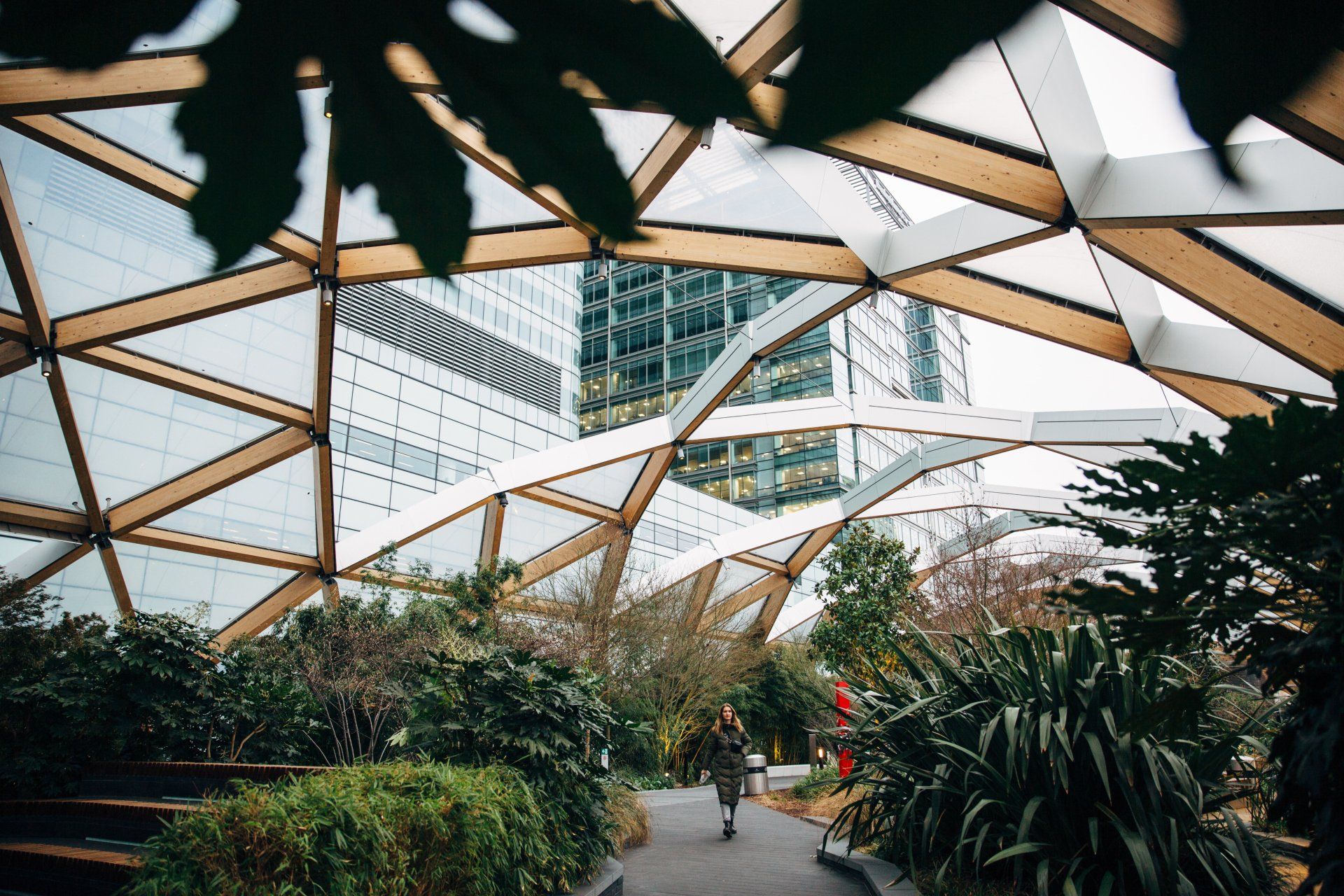2021 was an important year for energy sustainability, supported by a series of UK energy policies and plans.
In order to deliver on the government's legally binding 2050 net zero commitment, a series of big UK policy headline announcements were made, including:
- Commitment to decarbonise the UK’s electricity system by 2035 – 15 years earlier than originally planned as part of Britain's legally binding 2050 Net Zero promise.
- UK government commitment to a 78% cut in carbon emissions by 2035.
- Ban on sales of new petrol and diesel cars brought forward to 2030.
- New homes and buildings, as well as those undergoing major renovation, will be required to install electric vehicle (EV) charge points from 2022.
- Plans to introduce a Zero Emission Vehicle Mandate that puts thousands of more zero emission cars and vans onto UK roads.
- New mandatory disclosure requirements making it compulsory for large UK firms to disclose climate-related financial information - set to come into force from April 2022
- Intention to align the UK Emissions Trading Scheme (ETS) to the national net-zero target from 2024 onwards(1), which is likely to mean more organisations face higher carbon prices.
Setting the policy direction for net-zero Britain
In October – just ahead of the COP26 Climate Change Conference, the government published its full Net Zero Strategy and its Heat and Buildings Strategy. These announcements were underpinned by billions of pounds of funding to support green innovation and decarbonisation across the power, transport and heat sectors.
The Net Zero Strategy set out the plan to 'lower Britain’s reliance on fossil fuels by investing in sustainable clean energy, while reducing the risk of high and volatile prices in the future, and strengthening energy security'. The government claimed that this will generate up to £90 billion of private investment by 2030, and support 440,000 green jobs in 2030.
Frameworks for a 'green industrial revolution'
October's big policy launches built on commitments made in the Clean Growth Strategy(2) and 2020's Energy White Paper and 10-point plan for a 'green industrial revolution'. These were expanded by 4 key energy strategies announced earlier in the year.
- Industrial Decarbonisation Strategy – Setting out how factories and industrial hubs across the UK should cut emissions by two-thirds over the next 15 years and by at least 90% by 2050, relative to 2018 levels. Pitched as an 'ambitious blueprint to deliver the world’s first low-carbon industrial sector', the document stated that carbon markets are likely to provide the most cost-effective long-term pathway to decarbonisation. Alternative pathways were presented, dependent on the future availability of carbon capture and storage (CCS) and hydrogen
- Transport Decarbonisation Plan – How the UK will reduce emissions from the transport sector, including policies to support the government's existing commitment to ban new petrol and diesel cars from 2030. This included support for EV charging and a proposed zero emission vehicle (ZEV) mandate, which has now been confirmed.
- Hydrogen Strategy – Lays the foundations for the UK’s future hydrogen economy, which the government claims could represent 20-35% of the UK’s future energy consumption. There was proposed support for new low-carbon hydrogen production, including the development of industrial clusters.
- Smart System and Flexibility Plan – A vision to deliver a smart and flexible energy system that will meet the cost of Net Zero at lowest overall cost, reducing costs to consumers by an estimated £10 billion per year. This means using smart technologies to provide flexibility to the system, to help manage supply and demand.
British Gas Business
As the UK makes it's way towards Net Zero, don't let your business be left behind. Discover more about how we can help you become sustainable



